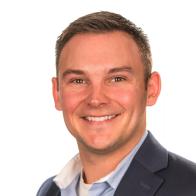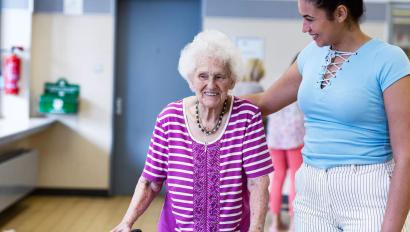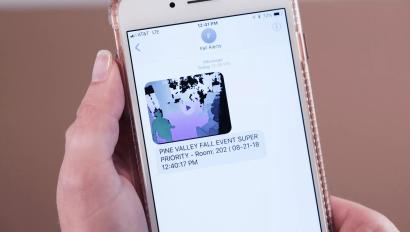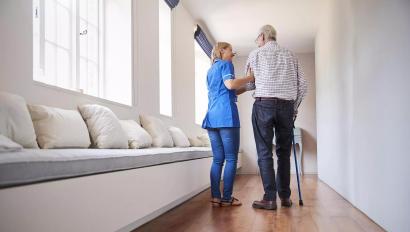Proactive Fall Monitoring Delivers Impactful Results
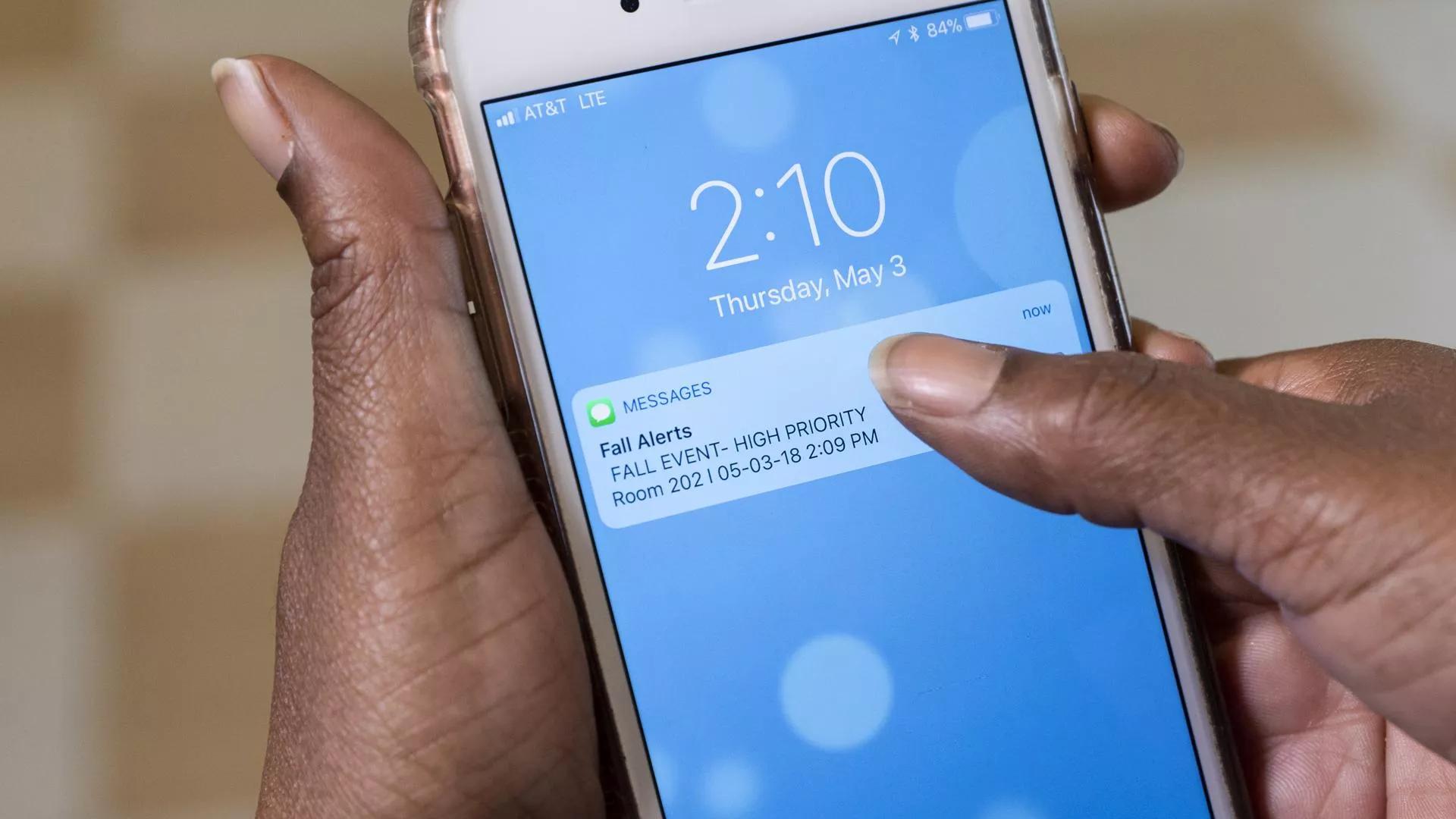
The goal of fall reduction programs must be to prevent residents from falling. A new generation of technology provides insight into each resident to make prevention a reliable outcome.
The goal of all fall reduction programs is to prevent residents from falling. Yet up until now the technology available has been geared towards alerting to a fall that’s already happened, and even harm reduction protocols to remove hazards from the environment have been generalized. Caregivers have had limited insight on what happens inside a specific resident’s room, and what specific interventions are needed and when. Unfortunately, we see the result in continued high rates of falls: half of nursing facility residents fall each year, and about a third will fall more than once, with chances increasing as they age.
There are many factors that contribute to fall risk, including both health and environmental causes. Changes in health and wellness can be very subtle, but over time can have a big impact on the likelihood of falling:
- Reduced mobility: loss of strength or balance, difficulty standing and sitting, slower pace
- Changes in patterns: sleep quality, bathroom usage, gait
- Illness: Heart disease, urinary tract infection, pneumonia and more
Environmental factors such as “furniture walking” and stretching or stooping to reach certain items can also raise danger as residents try to maintain what they consider normal activity.
A new generation of technology now gives insight into these gradual changes in risk so that senior living organizations can respond before they lead to a fall. These proactive solutions provide caregivers with the information they need to take preventative action. Through the use of depth, bed and motion sensors, key indicators of falls like resident movement and vital sign trends are collected 24/7 - while still protecting the resident’s privacy.
Imagine being notified when a resident is at risk of falling, rather than has fallen. Proactive care solutions monitor the many drivers of resident falls listed above and enable targeted resident care and warning of potential emergencies through instant alerts. The conversation with families on fall risk shifts to the specific and fact-based needs of their loved one, making it much easier to explain what changes are needed in their care plan and why. Best of all, it substantially reduces the likelihood of having that conversation after a fall has happened.
The right proactive care strategy is a game-changer in mitigating risk and instilling peace of mind for both residents and their family. And for the community, it has been shown to reduce falls, increase length of resident stay through prevention of hospitalizations, and drive higher occupancy rates. I’m sure you’ll agree that these are all results that your community could also benefit from.
